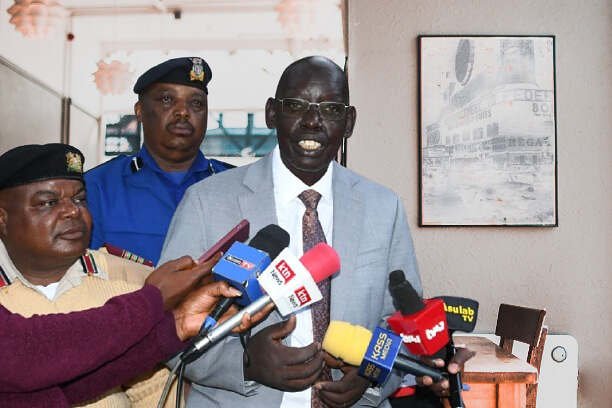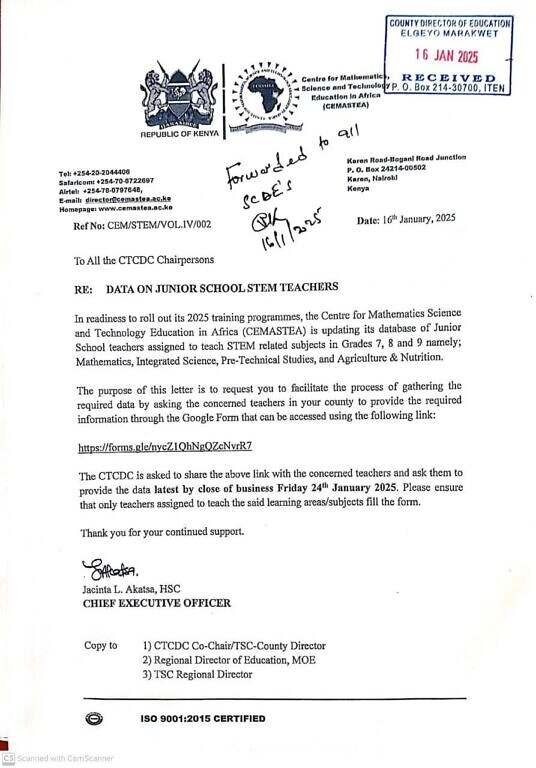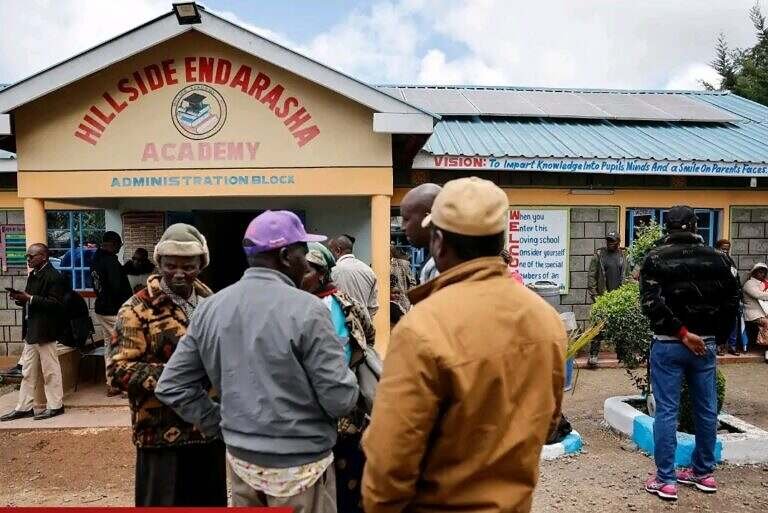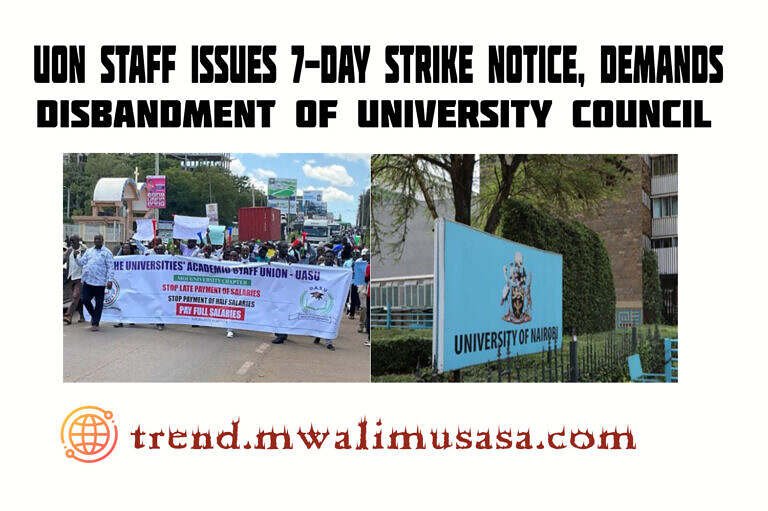
As the academic year 2025 approaches, Junior Secondary Schools (JSS) face a challenging future. While some counties have made significant progress in constructing Grade Nine classrooms, others are still in the early stages. This uneven development has left many stakeholders questioning the readiness of the system for the full transition of learners into JSS.
Progress in Grade Nine Infrastructure
Counties like Nairobi, Kisumu, and Nakuru have reported near-completion of Grade Nine classrooms, with facilities ready to host learners at the start of Term 1. However, other regions, particularly in rural and Arid and Semi-Arid Lands (ASAL) areas, are lagging behind. Teachers, parents, and education officers have expressed concerns about the ability to accommodate all students by January.
Despite these disparities, the government has reiterated its commitment to hosting JSS within primary schools, a decision that continues to face resistance from certain stakeholders, including teacher unions and some school boards.
Why the Push for Primary School Hosting?
The government argues that hosting JSS in primary schools will ensure a smoother transition and reduce infrastructure costs. With many primary schools already under-utilized due to the introduction of the Competency-Based Curriculum (CBC), this move is seen as a way to make optimal use of existing resources.
Dr. Nancy Macharia, Secretary and CEO of the Teachers Service Commission (TSC), emphasized that the government’s approach aligns with its goal to balance teacher-learner ratios and address teacher shortages more effectively. Over 18,000 surplus primary teachers are being redeployed to assist in JSS learning areas, with more teachers undergoing retooling for CBC delivery.
Challenges on the Ground
However, the policy has not come without challenges:
- Teacher Shortages: Despite the deployment of surplus teachers, many institutions still lack specialized teachers for critical subjects like Computer Science and Pre-Technical Studies.
- Delayed Construction: Some counties face logistical delays in constructing classrooms due to funding bottlenecks or procurement issues.
- Stakeholder Resistance: Unions such as KUPPET have argued for JSS to be hosted in secondary schools, citing corruption risks in resource allocation to primary schools and the potential for better supervision and quality in secondary institutions.
What’s Next?
With Term 1 just weeks away, stakeholders are calling for urgent measures to address the disparities in readiness across counties. Suggestions include fast-tracking construction, enhancing teacher training programs, and deploying additional resources to underserved areas.
As the debate continues, the fate of thousands of Grade Nine students remains uncertain. Will the government’s primary school hosting policy prove sustainable, or will the infrastructure and logistical challenges overshadow its intended benefits?
The clock is ticking, and Term 1 will test the resilience and adaptability of Kenya’s education sector under the CBC framework.






